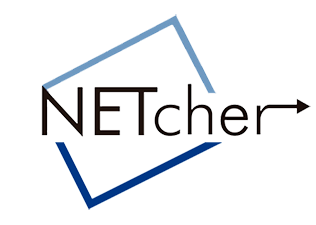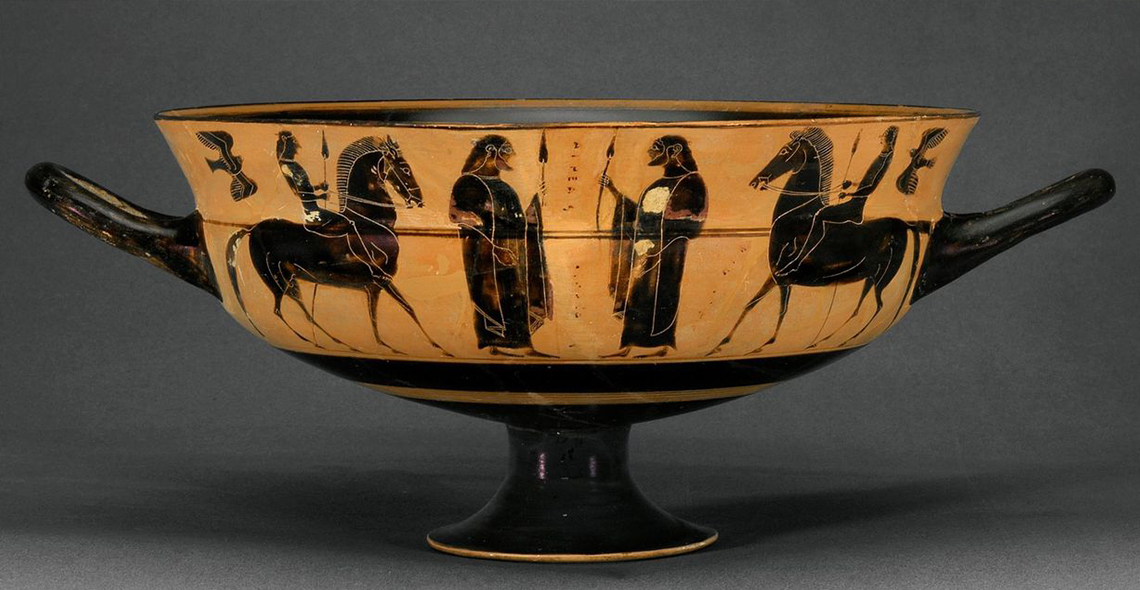In January 2021, a study by the NRC and researcher Dr Christos Tsirogiannis from the Aarhus Institute of Advanced Studies has shown that a Greek vase displayed in the Allard Pierson collection was once illegally excavated and traded. The research revealed that the Allard Pierson vase appears in photos confiscated in 1995 from the extensive archive of the Italian Giacomo Medici, one of the most infamous convicted traders in illegal antiquities.
The Allard Pierson, the museum housing the heritage collections of the University of Amsterdam, displays several objects from suspect sources that were probably looted. This applies to many museums around the world, which collected illegal antiquities in the second half of the 20th century without questioning their dubious provenance. The example of the Allard Pierson Museum should be used by other institutions to develop a collection and acquisition policy that respects international, European and national legislations, as well as the Code of ethics of their profession.
By nature, museums are institutions aiming to preserve and protect societies’ artistic, cultural, historical or scientific heritages. Therefore, their role is certainly not to contribute to the illegal trafficking of looted archeological and cultural goods. While they may be the victims in good faith of unscrupulous sellers, it is essential that every museum institution examines its collections and be exemplary in exercising the due diligence required for any future acquisition.
Full articles available below:
- Illegale vaas in collectie van Allard Pierson museum
- Verdachte achtergrond: dubieuze objecten in museum Allard Pierson
[Image: “Black-figure Siana bowl”, Greek vase displaying the Trojan hero Aeneas; depiction of two dignitaries with lances on the one side, and two fighting heroes on the other side]

